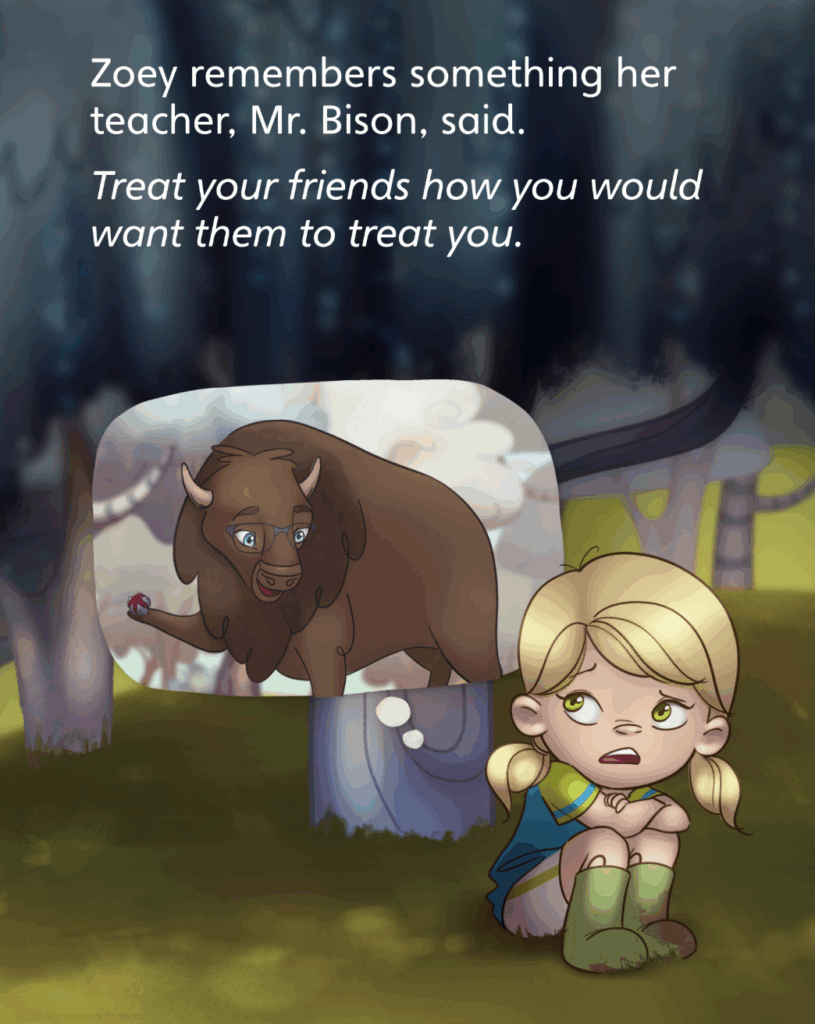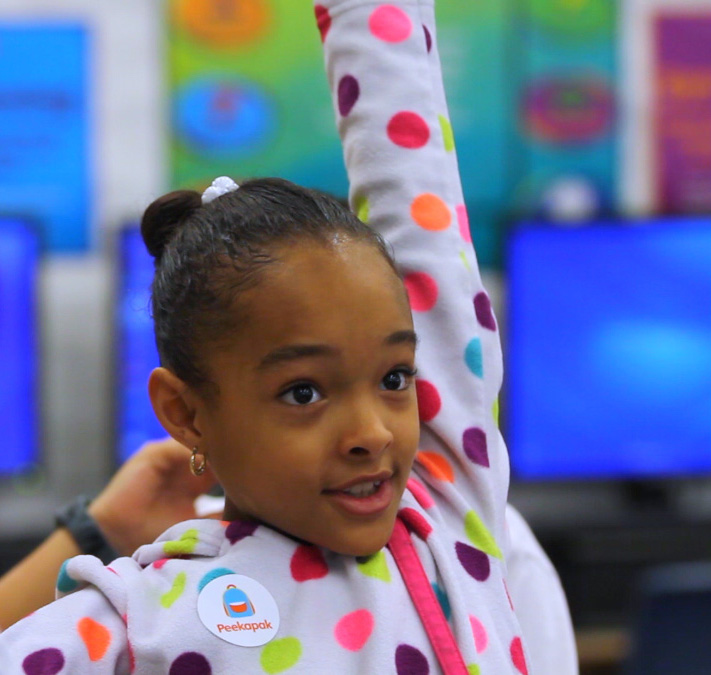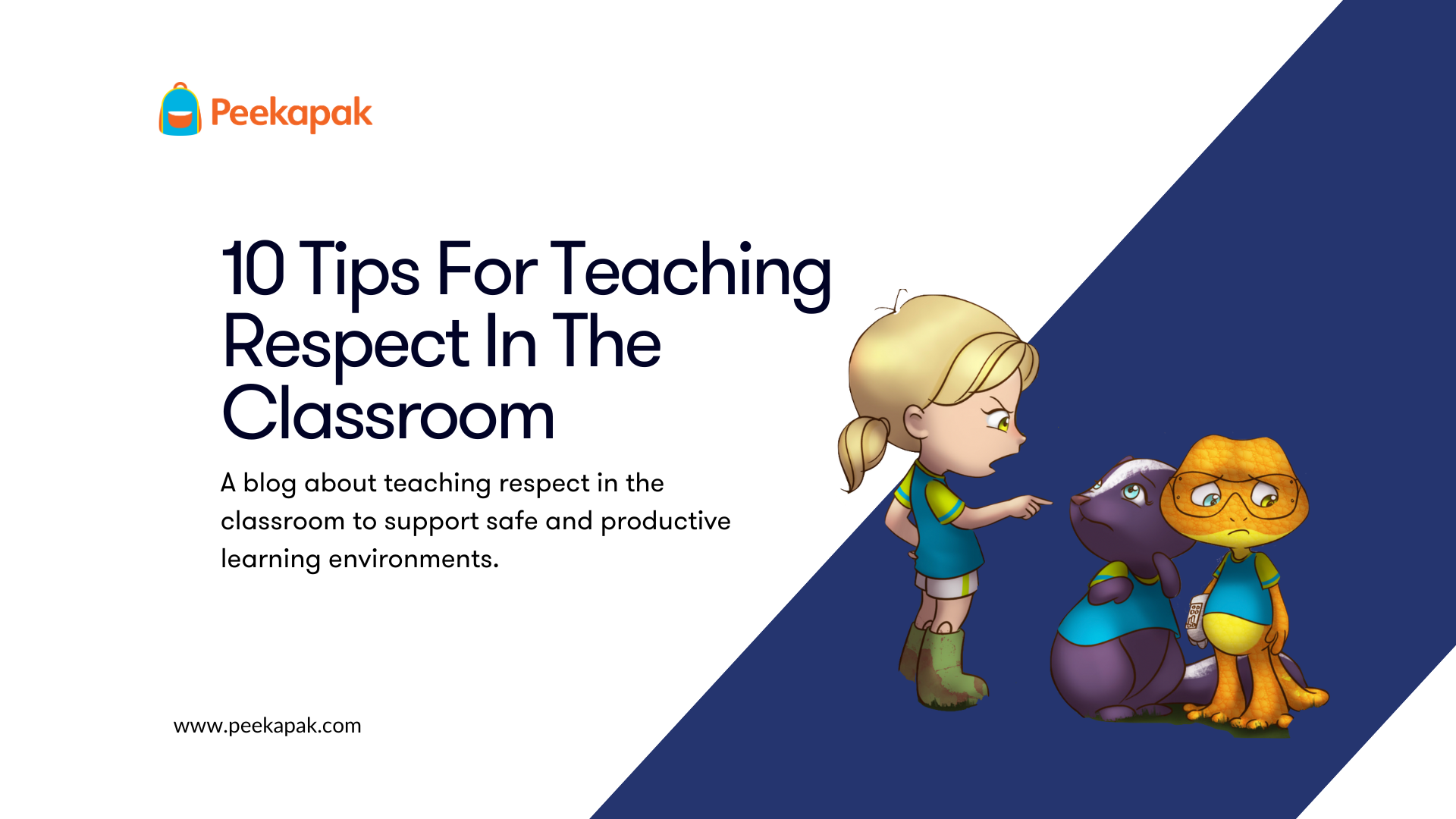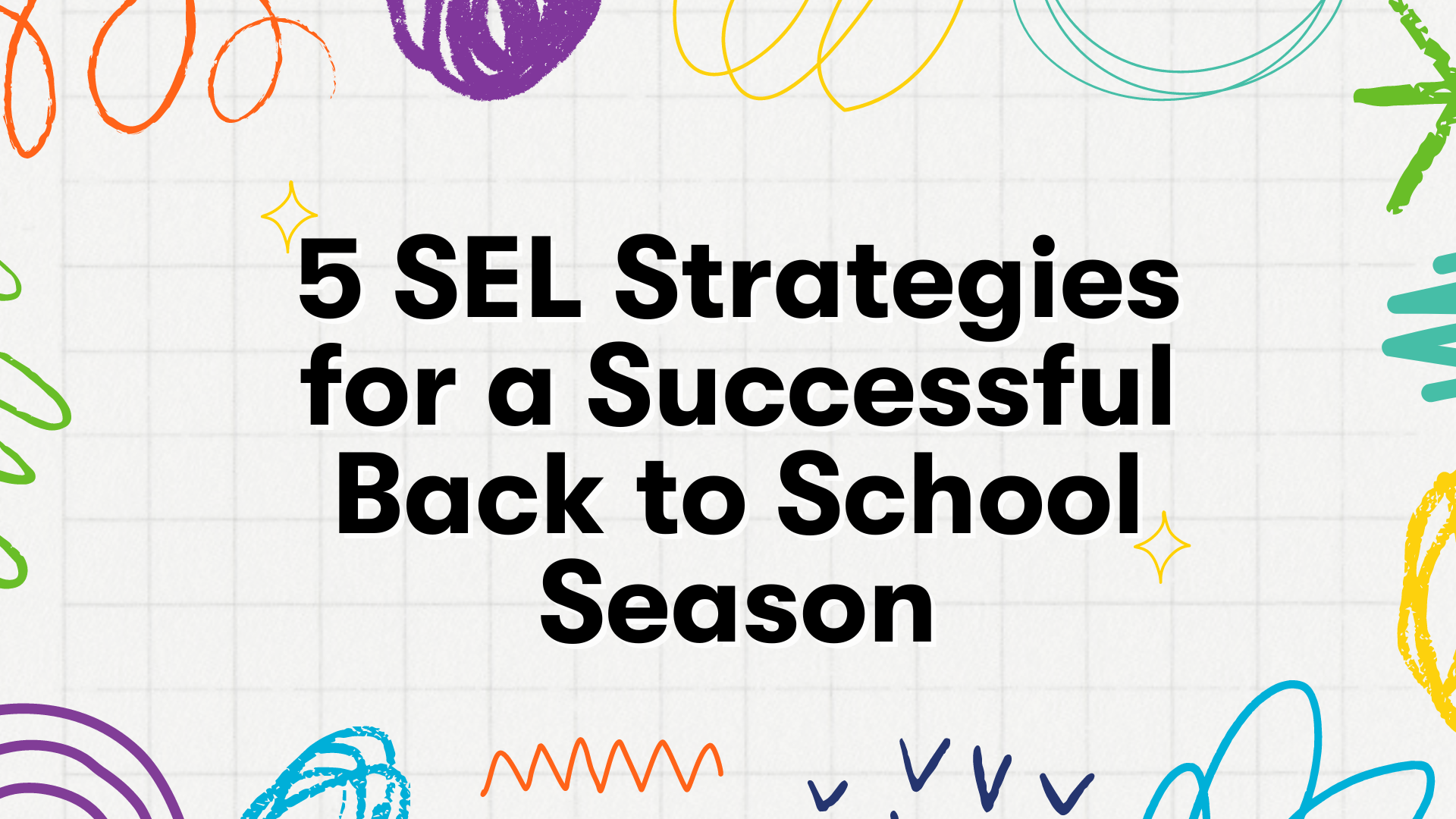A blog about teaching respect in the classroom to support safe and productive learning environments.
October is National Bullying Prevention Month — a month to shine light on the importance of creating safe, respectful, and supportive environments in schools to move students closer to becoming productive, civically engaged adults. We believe that developing emotionally, socially, and characteristically competent students should be an integral part of every education program. By focusing on well-being, social interactions, and behavioral expectations, we can create more positive outcomes for everyone. Let’s get into some of our top strategies for implementing respect in your classroom culture.
1. Discuss the importance of respect
Respect is something we all should have for one another, especially in the classroom, where students spend the majority of their days. By carving out time to explicitly teach what respect is, why it’s important and how we can demonstrate it daily, it sets students on the correct path with no ambiguity of how they should treat others.
2. Teach your students about social emotional learning (SEL)
Social Emotional Learning (SEL) ties in perfectly with teaching respect. Did you know that studies show that students who respect themselves and others feel more empowered and are more likely to excel in both social and academic settings? Give students activities that tackle self-awareness, social-awareness and relationship skills to help build their toolset. Peekapak’s Respect unit is a great place to start – Watch this video to get started!
3. Model respect yourself
Set an example by modeling respectful behavior yourself. Teachers should always be respectful toward their students and other staff members, such as custodians and cafeteria workers, because this will show students how they should behave toward others who are not in their class or grade level.

4. Establish clear rules and consequences for behavior problems
Ensure your students know that they can come to you if they feel someone is not treating them with respect or if they see someone else not being treated with respect. Establish boundaries and consequences for actions early on. This means making sure students know that if they see another student treating a peer disrespectfully (verbally or physically), then they should report it to an adult (i.e., teacher, counselor, principal) right away so that action can be taken against both parties involved in such behavior).
5. Teach students how to resolve conflicts peacefully
When a student is being disrespectful, don’t focus on the behavior. Instead, focus on the underlying reason for the behavior. For example, instead of saying, “I can’t believe you talked back to me,” try saying, “It sounds like you’re feeling frustrated right now.” This will help you find out what’s really going on with your student and allow you to respond in a more effective way.
6. Help students learn from their mistakes and grow from them
If a student makes a mistake, try not to focus on the wrong doing itself but instead focus on helping the student learn from their actions and grow from it. It’s important to take opportunities to teach students the correct way to approach situations sot hat in the future they can avoid making the same mistake again. This will help build trust between you as a teacher and your students by showing them that you care about their development as learners and people.
7. Encourage kindness and empathy toward others
Model empathy by being aware of others’ feelings. Empathy is one of the major components of emotional intelligence (EQ), which studies how people perceive and manage their emotions, interact with others and make decisions based on their emotions and those around them (Inside Schools). Empathy helps us see through another person’s eyes.
8. Teach students how to manage their emotions
Social Emotional Learning is huge on helping children learn how to recognize and manage emotions. By being able to teach students to take moment and think about their actions before they occur, this can prevent outbursts and disrespectful words that might be said and regretted.
9. Give positive feedback and encouragement often
Make sure you give positive feedback about the way your students behave, not just when there’s been an incident of misbehavior. If you’re consistent in giving positive feedback, your class will develop an understanding that good behavior is expected, appreciated and rewarded.
10. Focus on positive behaviors rather than negative ones
If you want to teach respect, don’t focus on punishing bad behavior — instead, reward good behavior by asking questions like “What did we do well today?” This helps reinforce the tactic of “seeing the good” and not being immersed by all the bad.
__________________________

About Peekapak
Peekapak is committed to helping children become successful, compassionate, caring, and empathetic citizens of the world! How? By teaching children important social-emotional learning (SEL) skills so that topics like gratitude, perseverance, and respect become not just something they hear about, but a part of who they are.
We strive to accomplish this by creating a company and a curriculum that makes SEL fun, easy and seamless for teachers, parents and especially children, so that kids learn without even realizing it. Peekapak’s learning platform can be implemented in person, online or in hybrid teaching models, providing flexible solutions for all school districts.





